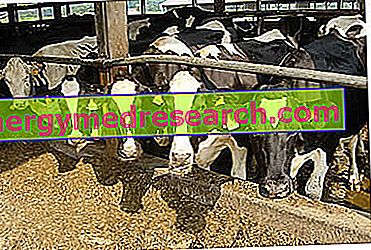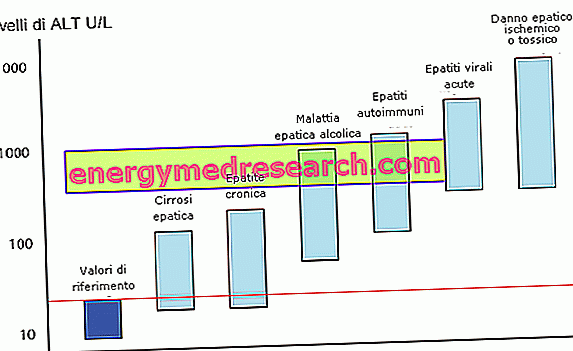Antibiotics: When are they needed?
The addition of antibiotics to feed for farm animals is understandably justified by the need to combat specific diseases. Unfortunately for many years this practice has been improperly exploited to accelerate the growth of farmed animals, therefore for auxinic purposes.
It should also be emphasized that the need to add antibiotics for therapeutic or prophylactic purposes could be limited by avoiding the overcrowding conditions typical of intensive farming .

Antibiotic Abuse
As early as the 1950s, it was found that some antibiotics had the ability to increase the digestive efficiency of the animal, directly affecting the intestinal flora, and increasing the share of food and water consumed by the livestock.
The result of this practice was an accelerated growth, therefore a greater economic return for the breeder and a more advantageous price for the consumer. Since that time the habit of adding antibiotics to the feed to promote the growth of the animal has spread like wildfire, with a small problem: antibiotic resistance .
Antibiotic resistance
This phenomenon is due to particular genetic characteristics of bacteria, such as the short life cycle and the impressive proliferative capacity; like all living beings, bacteria are also subject to mutations, sometimes with adverse effects on their survival and on the evolution of the species, sometimes with positive repercussions.
Some of these mutations can increase antibiotic resistance, thus increasing the chances that the bacterium survived the action of the drug; the excessive and inappropriate use of antibiotics ends up selecting these resistant bacterial strains, the only ones to survive the drug by transmitting the mutation to other bacteria.
Consequently a disease caused by bacteria resistant to a drug can no longer be cured by using that particular antibiotic; it follows that the development of poly-resistant bacterial species (thus able to survive the bactericidal action of several medicinal products) represents a very important public health problem.
Dangers for Man
Another problem deriving from the excessive use of antibiotics in animal feed consists in the presence and persistence of drug residues in derived foods (milk, dairy products, eggs and meat); individuals hypersensitive to a certain antibiotic may experience allergic reactions due to the presence of drug residues in ingested foods, even in trace amounts.
This possibility is however - from the health point of view - today far less dangerous and worrying than the antibiotic resistance:
nowadays the major fears aroused by the use of antibiotics in feeds derive from the possibility that this use, especially if carried out at sub-therapeutic dosages, contributes to selecting strains of antibiotic-resistant bacteria not pathogenic for animals, but potential agents of toxic episodes in humans.
However, the most common cause of antibiotic resistance remains the poor management of drugs in human treatment, which in turn causes incurable diseases with traditional antibiotics.
regulatory
The indiscriminate, abusive or irrational use of antibiotics in feedingstuffs has led to regulating and drastically limiting this habit, significantly reducing the number of drugs and the relative quantities that can be used in zootechnics.
In particular, limits of maximum tolerable concentrations (LMR = Maximum Residual Limits) have been set, fixed according to the daily dose (DGA). This last datum - which represents an estimate of the amount of drug that an individual can take for life without significant toxicological risks - is calculated on experimental animals by multiplying by a safety factor (usually 100 or 1, 000) the minimum concentration capable of causing a toxicological effect in the animal species studied. ADI and MRLs are obviously calculated based on the average consumption of the various foods of animal origin in the population.
It should be remembered that from 1 January 2006 it is no longer permitted to use antibiotics as feed additives (other than coccidiostats and histomonostats) (Article 11 of EC Reg. 1831/2003).
Currently, the use of antibiotics for auxinic purposes has therefore been definitively abolished and is to be considered illegal.



